Home>Furniture & Design>Bathroom Accessories>How To Remove Mold From Toilet Seat
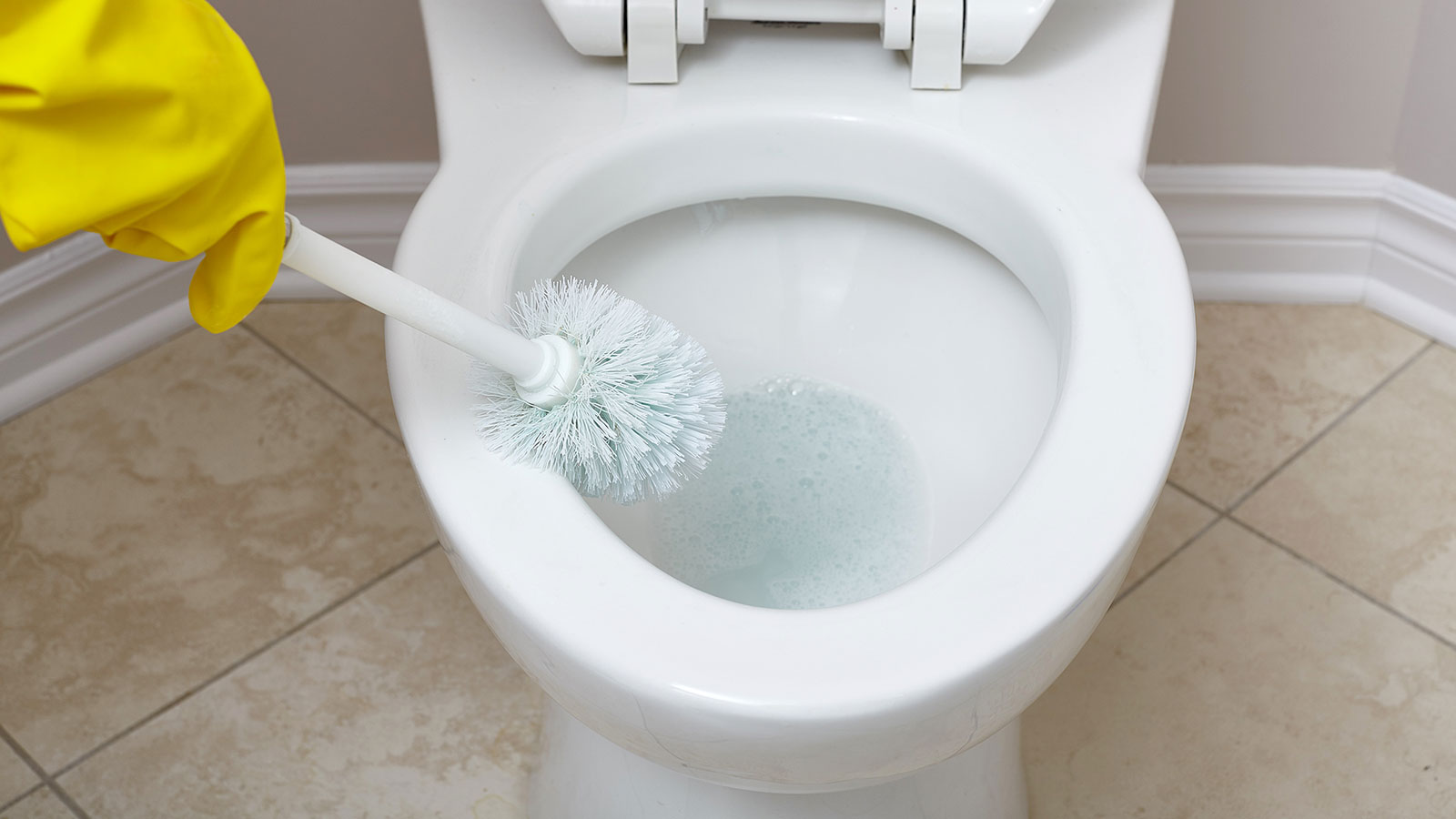

Bathroom Accessories
How To Remove Mold From Toilet Seat
Modified: February 18, 2024
Learn effective ways to remove mold from your toilet seat and keep your bathroom accessories clean and hygienic. Say goodbye to mold with these helpful tips!
(Many of the links in this article redirect to a specific reviewed product. Your purchase of these products through affiliate links helps to generate commission for Storables.com, at no extra cost. Learn more)
Introduction
Mold is an unwelcome guest that can make its home on various surfaces in our living spaces, including the toilet seat. Not only is it unsightly, but it can also pose potential health risks. Therefore, knowing how to effectively remove mold from a toilet seat is essential for maintaining a clean and hygienic bathroom environment.
In this comprehensive guide, we will explore the various methods and natural remedies for removing mold from a toilet seat. Additionally, we will discuss preventive measures to inhibit the recurrence of mold growth. By understanding the nature of mold and implementing the appropriate removal and prevention techniques, you can ensure a pristine and healthy bathroom environment for you and your family.
Let's delve into the world of mold removal and equip ourselves with the knowledge and tools to combat this common household nuisance.
Key Takeaways:
- Say goodbye to mold on your toilet seat by using natural remedies like vinegar, hydrogen peroxide, and tea tree oil. Regular cleaning and ventilation can also prevent mold growth, keeping your bathroom clean and healthy.
- Prioritize safety when removing mold from your toilet seat. Wear protective gear, use safe cleaning products, and seek professional help for extensive infestations. With the right precautions, you can remove mold effectively and safely.
Read more: How To Remove Pink Mold From A Toilet Brush
Understanding Mold on Toilet Seat
Mold is a type of fungus that thrives in damp, warm, and poorly ventilated environments, making the bathroom an ideal breeding ground. When it comes to the toilet seat, mold can manifest as black, green, or even pinkish spots, often accompanied by a musty odor. This unsightly presence not only detracts from the cleanliness of the bathroom but also poses potential health hazards.
The growth of mold on a toilet seat is primarily attributed to the combination of moisture and organic matter. When moisture accumulates on the toilet seat, especially in the form of splashes or residual water, and is coupled with the presence of organic substances such as skin cells or bodily fluids, it creates an environment conducive to mold growth. Additionally, inadequate ventilation in the bathroom can exacerbate the issue, as stagnant air prolongs the drying process, providing an ideal setting for mold to flourish.
Furthermore, the porous nature of some toilet seat materials can exacerbate mold growth. Porous surfaces provide ample crevices for mold spores to settle and establish a foothold, making it more challenging to completely eradicate the mold once it takes hold.
Understanding the conditions that foster mold growth on a toilet seat is crucial in effectively addressing the issue. By comprehending the factors that contribute to mold development, individuals can implement targeted strategies to not only remove existing mold but also prevent its recurrence. With this knowledge in hand, you can take proactive measures to combat mold and maintain a sanitary bathroom environment.
Safety Precautions
When dealing with mold on a toilet seat, it is essential to prioritize safety to protect both yourself and the surrounding environment. Mold removal involves the disturbance of spores, which can become airborne and potentially cause respiratory issues if inhaled. Therefore, adhering to safety precautions is paramount to mitigate any health risks associated with mold removal.
Here are the key safety precautions to consider when removing mold from a toilet seat:
-
Protective Gear: Before initiating the mold removal process, it is crucial to don appropriate protective gear. This includes wearing disposable gloves, a mask, and safety goggles to shield your skin, respiratory system, and eyes from potential exposure to mold spores and cleaning agents.
-
Ventilation: Adequate ventilation is essential during mold removal to minimize the concentration of airborne spores. Open windows and use fans to promote air circulation, allowing any disturbed spores to dissipate and reducing the risk of inhalation.
-
Cleaning Products: Selecting the right cleaning products is vital for safe and effective mold removal. Opt for mildew and mold-specific cleaners or natural alternatives such as vinegar or hydrogen peroxide. Avoid using bleach, as its fumes can be harmful when inhaled and may react with other cleaning agents.
-
Proper Disposal: After cleaning the mold-infested area, ensure proper disposal of any contaminated materials, such as disposable wipes or cleaning cloths. Seal them in a plastic bag before discarding to prevent the spread of mold spores.
-
Avoid Agitation: Minimize the disturbance of mold during the cleaning process to prevent the dispersal of spores. Gently clean the affected area without agitating the mold, reducing the likelihood of spores becoming airborne.
-
Seek Professional Help: In cases of extensive mold infestation or if you have respiratory issues or allergies, it is advisable to seek professional assistance. Certified mold remediation specialists can safely and effectively address severe mold problems while minimizing health risks.
By adhering to these safety precautions, you can mitigate the potential health hazards associated with mold removal from a toilet seat. Prioritizing safety not only safeguards your well-being but also ensures a thorough and effective mold removal process.
Methods for Removing Mold
When it comes to removing mold from a toilet seat, several effective methods can be employed to eradicate the unsightly and potentially hazardous growth. Each approach offers unique benefits and considerations, catering to different preferences and circumstances. Here are the primary methods for removing mold from a toilet seat:
-
Commercial Mold Removers: Utilizing commercial mold removers specifically formulated for bathroom surfaces can be an efficient way to tackle mold on a toilet seat. These products often contain potent antifungal agents designed to penetrate and eliminate mold while inhibiting its regrowth. When using commercial mold removers, it is essential to follow the manufacturer's instructions meticulously and ensure adequate ventilation during the application and drying process.
-
Vinegar Solution: Vinegar, renowned for its natural cleaning properties, can serve as an effective mold removal agent. Its acidic nature enables it to combat mold while being safe for the environment. To create a vinegar solution, mix equal parts of white vinegar and water in a spray bottle. Thoroughly saturate the mold-affected areas with the solution and let it sit for an extended period to penetrate the mold. Afterward, scrub the area with a brush or sponge and rinse with water. The acetic acid in vinegar not only eliminates mold but also helps prevent its recurrence.
-
Hydrogen Peroxide: Hydrogen peroxide is another natural and potent mold removal agent. Its antifungal and antibacterial properties make it effective in eradicating mold while being safe for household use. To utilize hydrogen peroxide for mold removal, pour it into a spray bottle and apply it directly to the mold-infested areas. Allow it to sit for 10-15 minutes before scrubbing the surface and rinsing thoroughly. This method is particularly beneficial for tackling stubborn mold stains on the toilet seat.
-
Baking Soda Paste: Baking soda, renowned for its versatile cleaning capabilities, can be crafted into a paste to combat mold on the toilet seat. Create a paste by mixing baking soda with water to form a thick consistency. Apply the paste to the mold-affected areas and let it sit for an extended period to penetrate the mold. Afterward, scrub the surface with a brush or sponge and rinse thoroughly. Baking soda not only removes mold but also helps neutralize odors, leaving the toilet seat fresh and clean.
-
Tea Tree Oil: Tea tree oil, celebrated for its natural antifungal properties, can be harnessed to eliminate mold from the toilet seat. Mix a teaspoon of tea tree oil with a cup of water in a spray bottle and thoroughly saturate the mold-affected areas. Allow the solution to sit without rinsing, as the oil's residual presence can deter mold regrowth. Tea tree oil not only eradicates mold but also imparts a pleasant aroma to the bathroom.
By employing these methods for removing mold from a toilet seat, you can effectively combat the unsightly presence of mold while promoting a clean and hygienic bathroom environment. Each approach offers its unique advantages, catering to diverse preferences and ensuring a thorough eradication of mold from the toilet seat.
Natural Remedies for Mold Removal
In the realm of mold removal, natural remedies offer a compelling and eco-friendly approach to eradicating mold from a toilet seat. These remedies harness the inherent properties of common household items to combat mold while minimizing the use of harsh chemicals. Not only are natural remedies effective in removing mold, but they also contribute to a healthier indoor environment by reducing exposure to synthetic cleaning agents. Let's explore some potent natural remedies for mold removal:
Read more: How To Remove Scratches From Toilet Seat
1. White Vinegar
White vinegar, a staple in many households, is renowned for its natural cleaning prowess. Its acidic nature enables it to combat mold effectively while being safe for the environment. To create a potent mold-fighting solution, mix equal parts of white vinegar and water in a spray bottle. Thoroughly saturate the mold-affected areas with the solution and allow it to sit for an extended period to penetrate the mold. Afterward, scrub the area with a brush or sponge and rinse with water. The acetic acid in vinegar not only eliminates mold but also helps prevent its recurrence.
2. Hydrogen Peroxide
Hydrogen peroxide, a common antiseptic, serves as a potent mold removal agent due to its antifungal and antibacterial properties. It is effective in eradicating mold while being safe for household use. To utilize hydrogen peroxide for mold removal, pour it into a spray bottle and apply it directly to the mold-infested areas. Allow it to sit for 10-15 minutes before scrubbing the surface and rinsing thoroughly. This method is particularly beneficial for tackling stubborn mold stains on the toilet seat.
3. Baking Soda Paste
Baking soda, celebrated for its versatile cleaning capabilities, can be crafted into a paste to combat mold on the toilet seat. Create a paste by mixing baking soda with water to form a thick consistency. Apply the paste to the mold-affected areas and let it sit for an extended period to penetrate the mold. Afterward, scrub the surface with a brush or sponge and rinse thoroughly. Baking soda not only removes mold but also helps neutralize odors, leaving the toilet seat fresh and clean.
4. Tea Tree Oil
Tea tree oil, renowned for its natural antifungal properties, can be harnessed to eliminate mold from the toilet seat. Mix a teaspoon of tea tree oil with a cup of water in a spray bottle and thoroughly saturate the mold-affected areas. Allow the solution to sit without rinsing, as the oil's residual presence can deter mold regrowth. Tea tree oil not only eradicates mold but also imparts a pleasant aroma to the bathroom.
By incorporating these natural remedies into your mold removal arsenal, you can effectively combat the unsightly presence of mold on the toilet seat while promoting a clean and hygienic bathroom environment. These natural solutions not only offer potent mold-fighting capabilities but also contribute to a healthier and eco-conscious approach to household cleaning.
Read more: How To Remove Plastic Nut From Toilet Seat?
Preventing Mold Growth
Preventing mold growth on a toilet seat is essential for maintaining a clean and hygienic bathroom environment. By implementing proactive measures, individuals can inhibit the conditions conducive to mold development, thereby minimizing the likelihood of its recurrence. Here are effective strategies for preventing mold growth on the toilet seat:
-
Regular Cleaning: Establishing a routine for regular cleaning and maintenance of the toilet seat is paramount in preventing mold growth. Wiping down the seat with a mildew and mold-specific cleaner or a natural solution such as vinegar after each use can help mitigate moisture accumulation and organic matter buildup, thereby inhibiting mold proliferation.
-
Adequate Ventilation: Proper ventilation is crucial in preventing mold growth in the bathroom. Ensure that the bathroom is well-ventilated during and after showering or bathing to expel excess moisture. Utilizing exhaust fans or opening windows can facilitate air circulation, expediting the drying process and reducing the likelihood of mold formation on the toilet seat.
-
Dry the Toilet Seat: After cleaning or use, thoroughly dry the toilet seat to eliminate residual moisture. Towel-drying the seat and ensuring it is completely free of moisture can impede the conditions favorable for mold growth. Additionally, addressing any leaks or drips promptly can prevent water accumulation and mitigate the risk of mold development.
-
Use Mold-Resistant Materials: Consider investing in a toilet seat made of mold-resistant materials, such as plastic or polypropylene, which are less porous and more resistant to mold colonization. Non-porous surfaces provide fewer opportunities for mold spores to take hold, making it easier to maintain a mold-free toilet seat.
-
Sunlight Exposure: Sunlight is a natural enemy of mold due to its drying and disinfecting properties. Whenever possible, expose the toilet seat to direct sunlight, as UV rays can help inhibit mold growth. This simple yet effective measure can aid in preventing mold from establishing a foothold on the toilet seat.
-
Regular Inspections: Periodically inspect the toilet seat for any signs of mold or mildew. Early detection allows for prompt intervention, preventing the escalation of mold infestation. Addressing any initial traces of mold immediately can thwart its spread and facilitate easier removal.
By incorporating these preventive measures into your bathroom maintenance routine, you can effectively deter mold growth on the toilet seat, ensuring a clean, hygienic, and visually appealing bathroom environment. Proactive maintenance and vigilance are key in mitigating the conditions conducive to mold development and preserving a pristine toilet seat.
Use a mixture of equal parts white vinegar and water to spray on the moldy areas of the toilet seat. Let it sit for 10-15 minutes, then scrub with a brush and rinse thoroughly. Repeat if necessary.
Conclusion
In conclusion, the presence of mold on a toilet seat is not only unsightly but also poses potential health risks. Understanding the factors that contribute to mold growth, such as moisture, organic matter, and inadequate ventilation, is crucial in effectively addressing this common household nuisance. By equipping oneself with the knowledge and tools for mold removal and prevention, individuals can maintain a clean, hygienic, and visually appealing bathroom environment.
The methods and natural remedies discussed in this guide offer versatile and effective approaches to removing mold from a toilet seat. Whether utilizing commercial mold removers, natural solutions such as vinegar, hydrogen peroxide, baking soda paste, or tea tree oil, each method presents unique benefits tailored to diverse preferences and circumstances. Furthermore, the incorporation of natural remedies not only facilitates mold removal but also contributes to a healthier indoor environment by minimizing exposure to harsh chemicals.
Moreover, prioritizing safety precautions during the mold removal process is paramount to safeguarding one's well-being and mitigating potential health risks associated with mold exposure. From wearing protective gear to ensuring proper ventilation and selecting safe cleaning products, these precautions are essential for a safe and thorough mold removal experience.
In addition to addressing existing mold infestations, the preventive measures outlined in this guide serve as proactive strategies to inhibit mold growth on the toilet seat. By embracing regular cleaning, promoting adequate ventilation, ensuring thorough drying, considering mold-resistant materials, leveraging sunlight exposure, and conducting regular inspections, individuals can effectively deter the recurrence of mold, preserving a pristine and inviting bathroom space.
By integrating the insights and strategies presented in this comprehensive guide, individuals can confidently combat mold on the toilet seat, fostering a clean, hygienic, and visually appealing bathroom environment. With a proactive approach to mold removal and prevention, one can enjoy a pristine toilet seat free from the unsightly presence of mold, promoting a healthier and more enjoyable bathroom experience for all.
Frequently Asked Questions about How To Remove Mold From Toilet Seat
Was this page helpful?
At Storables.com, we guarantee accurate and reliable information. Our content, validated by Expert Board Contributors, is crafted following stringent Editorial Policies. We're committed to providing you with well-researched, expert-backed insights for all your informational needs.
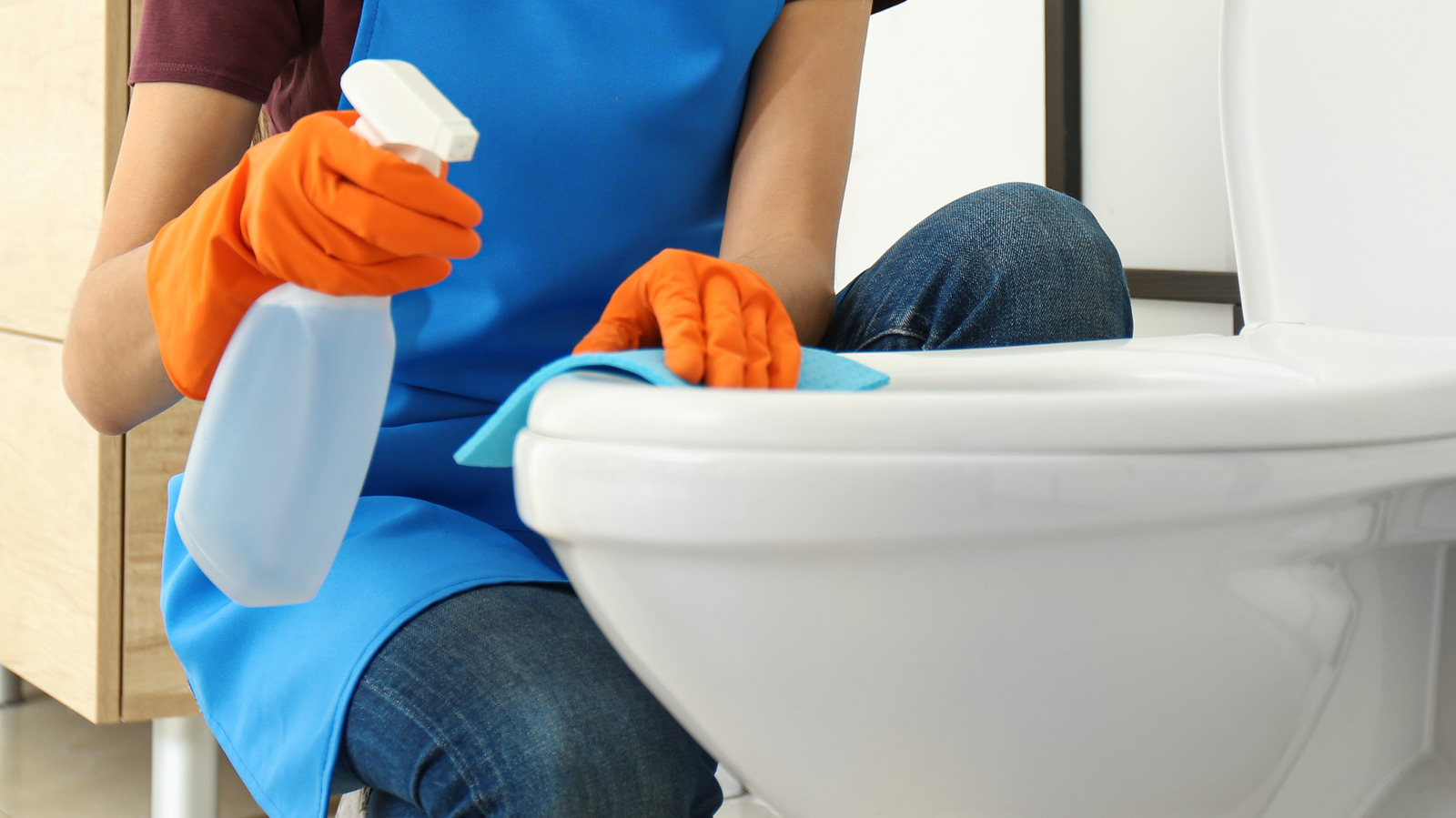
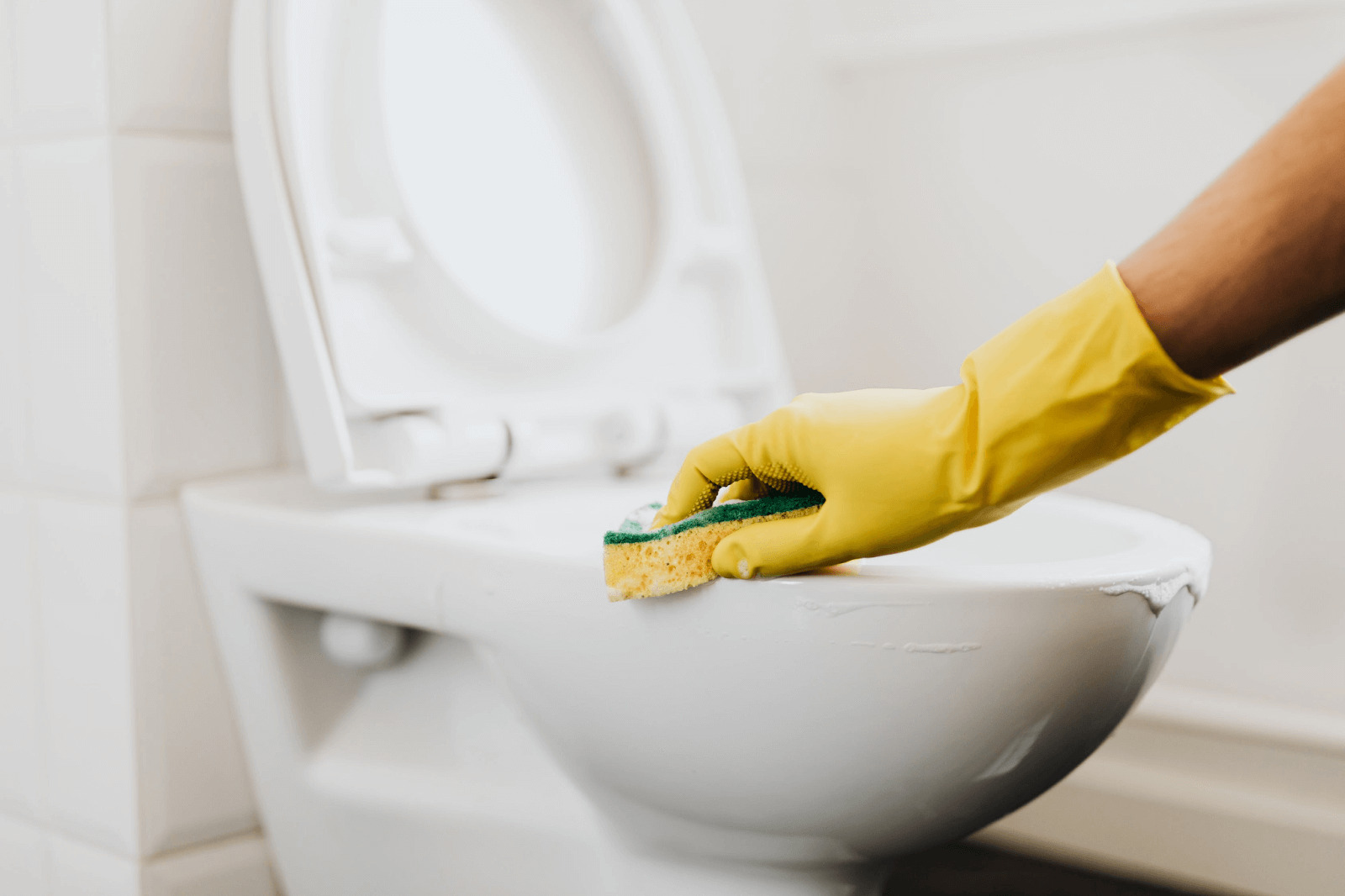
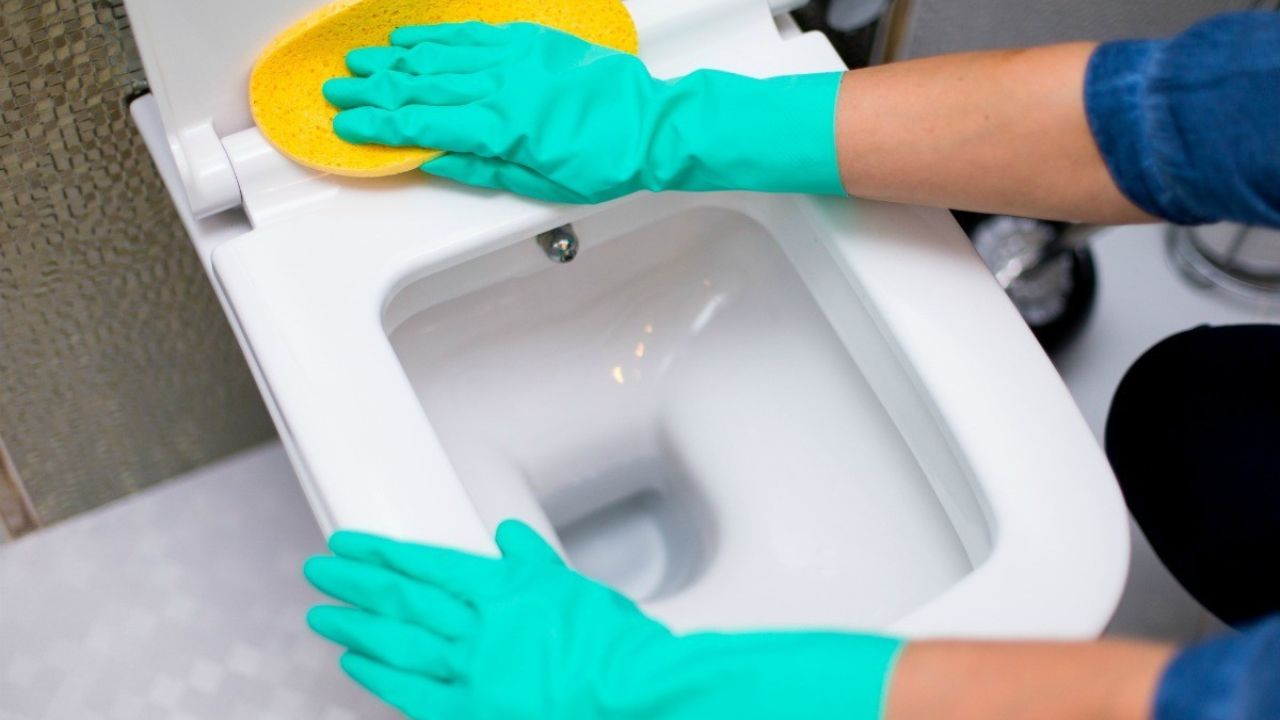
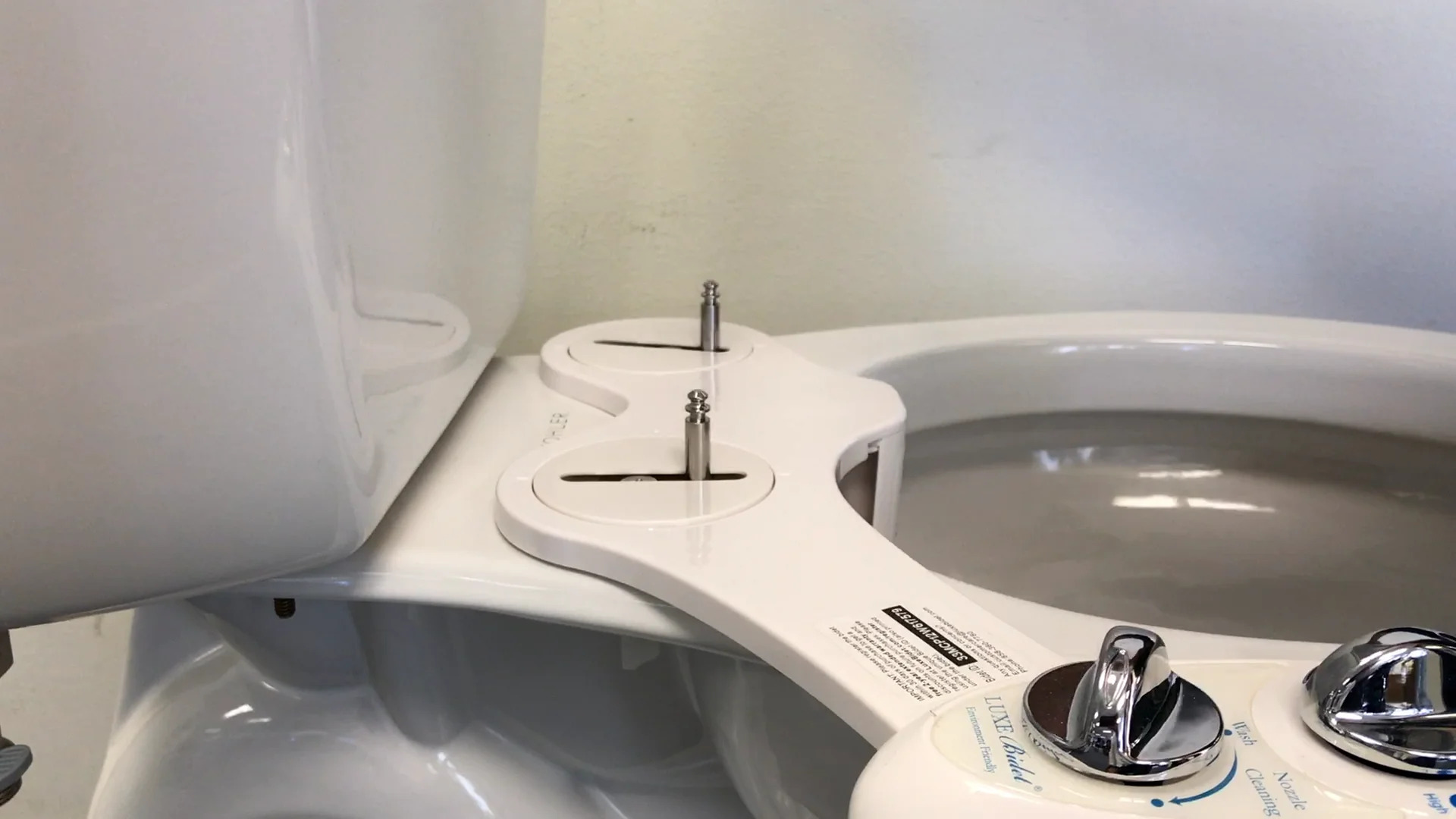
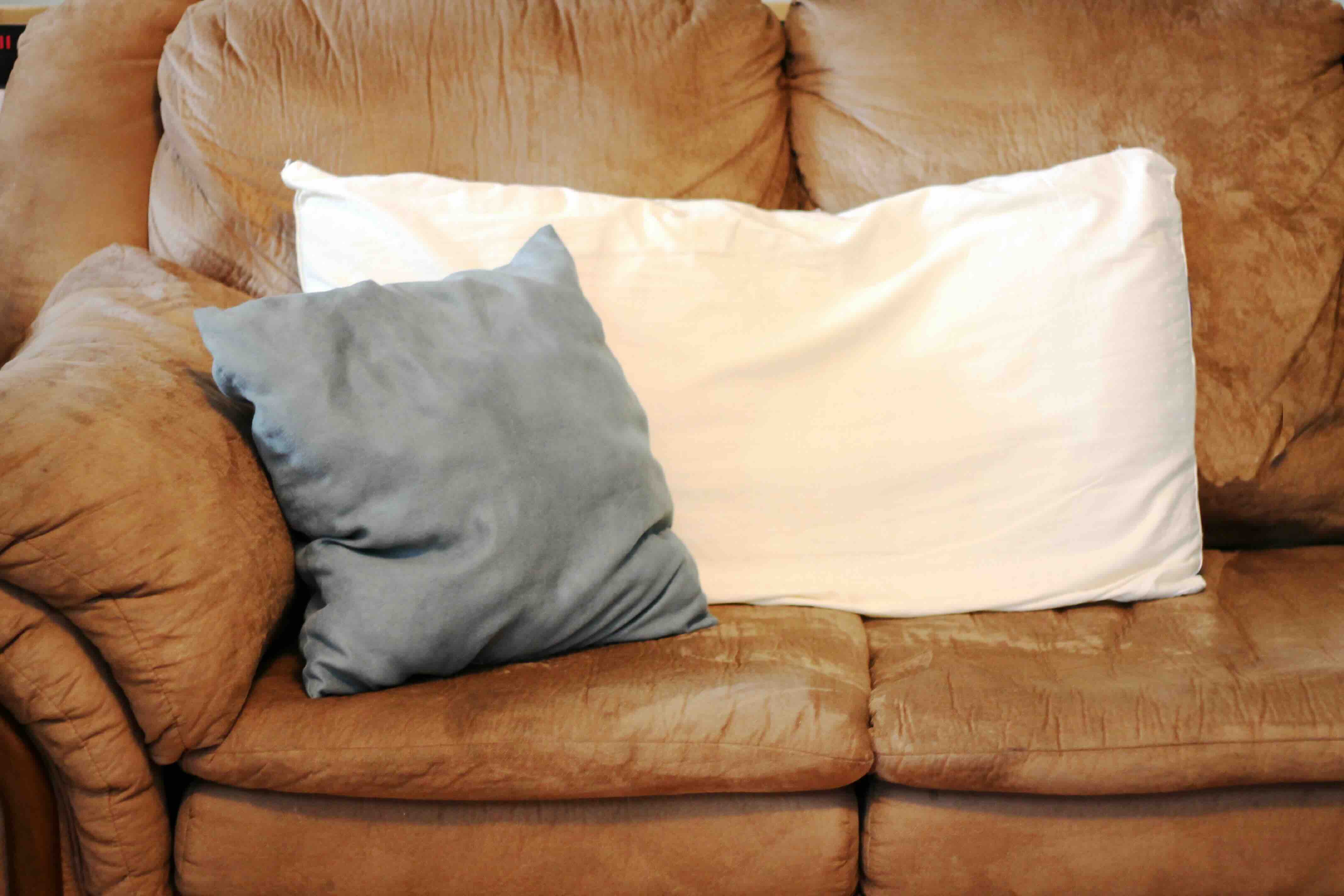
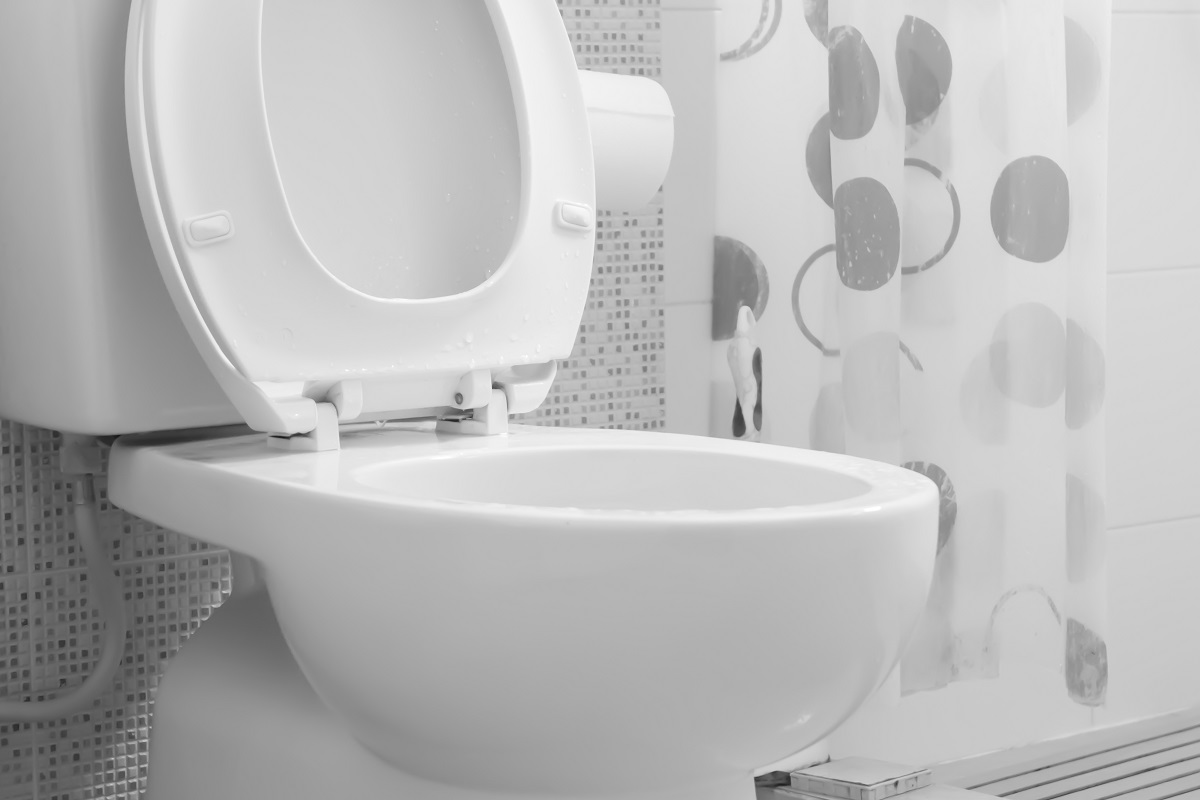
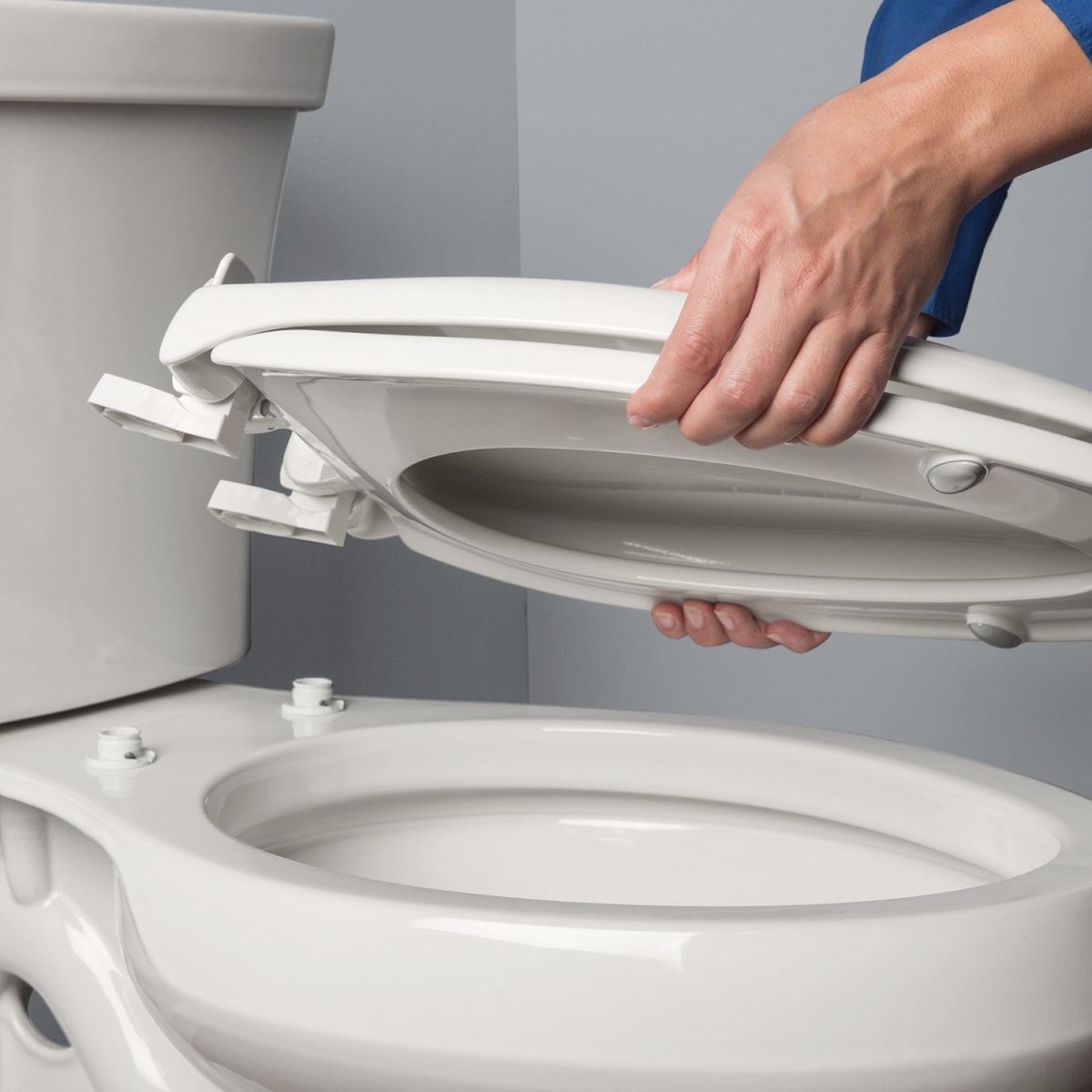
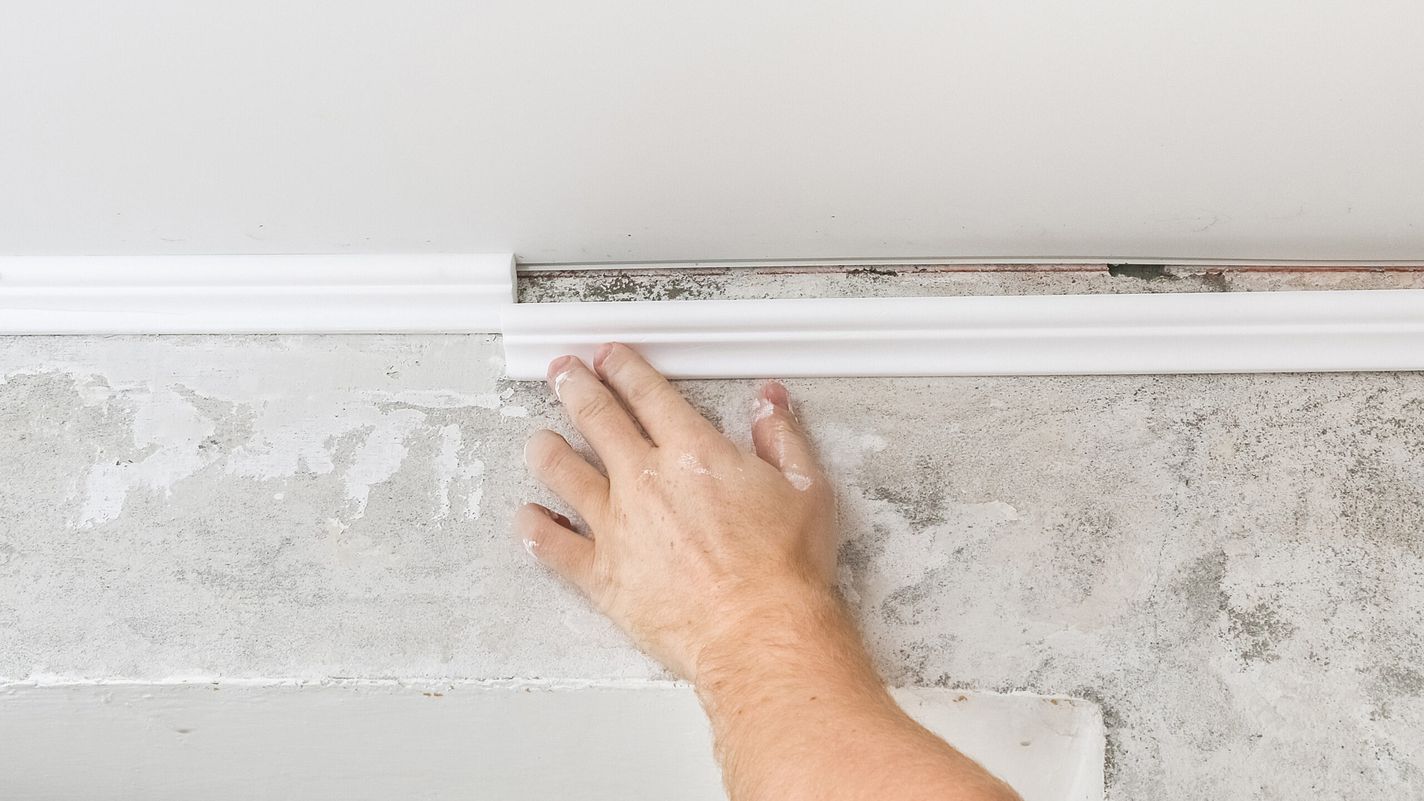
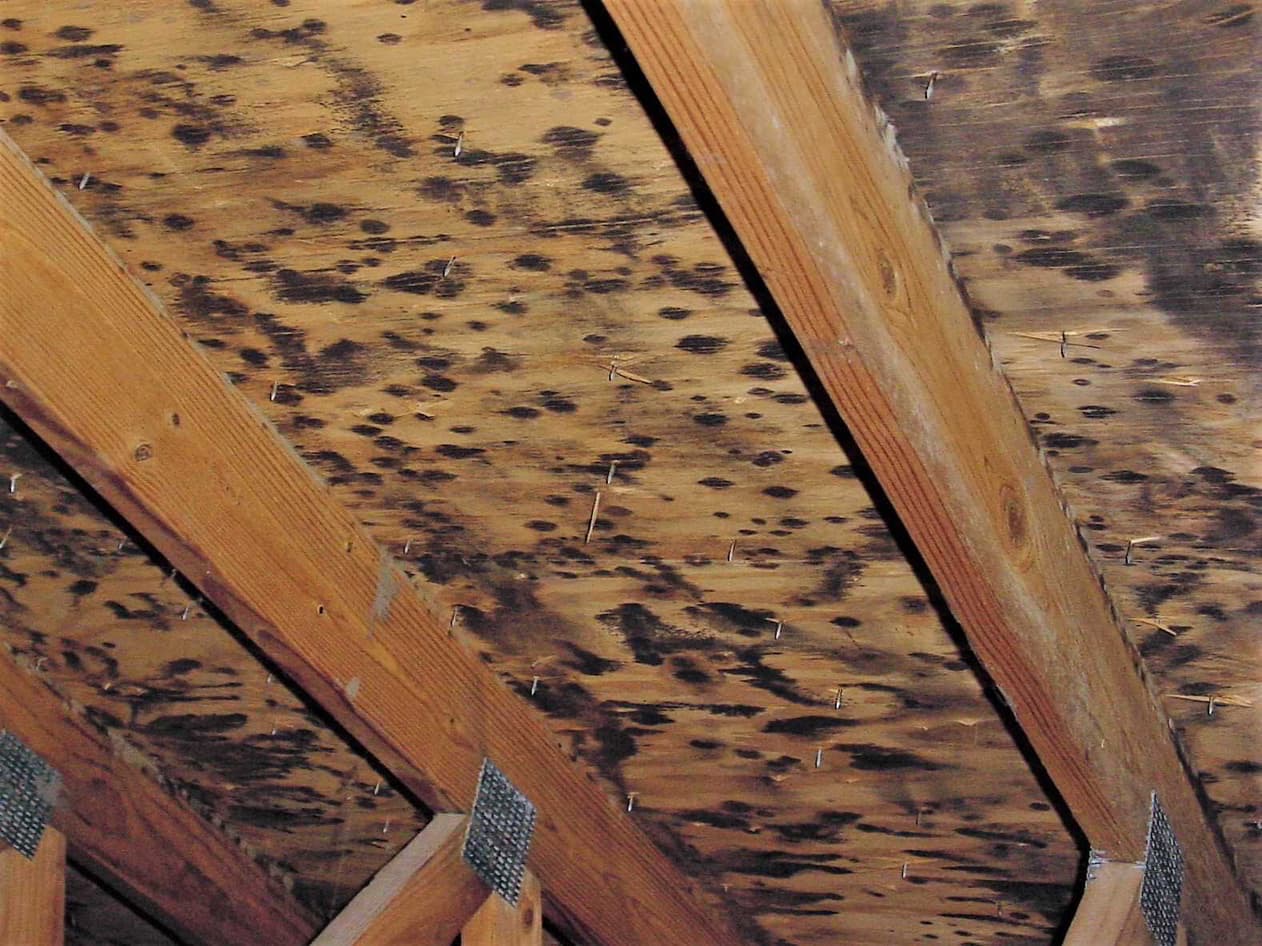
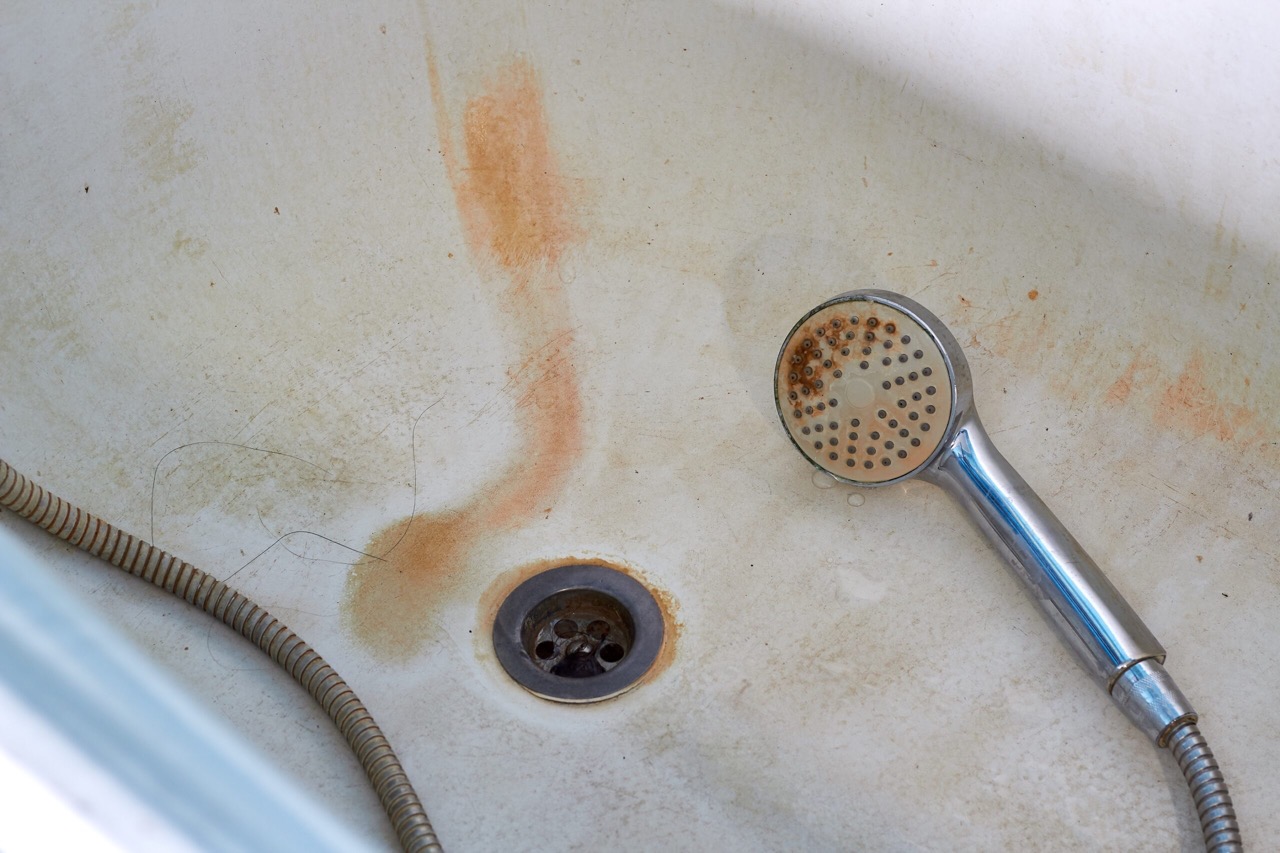
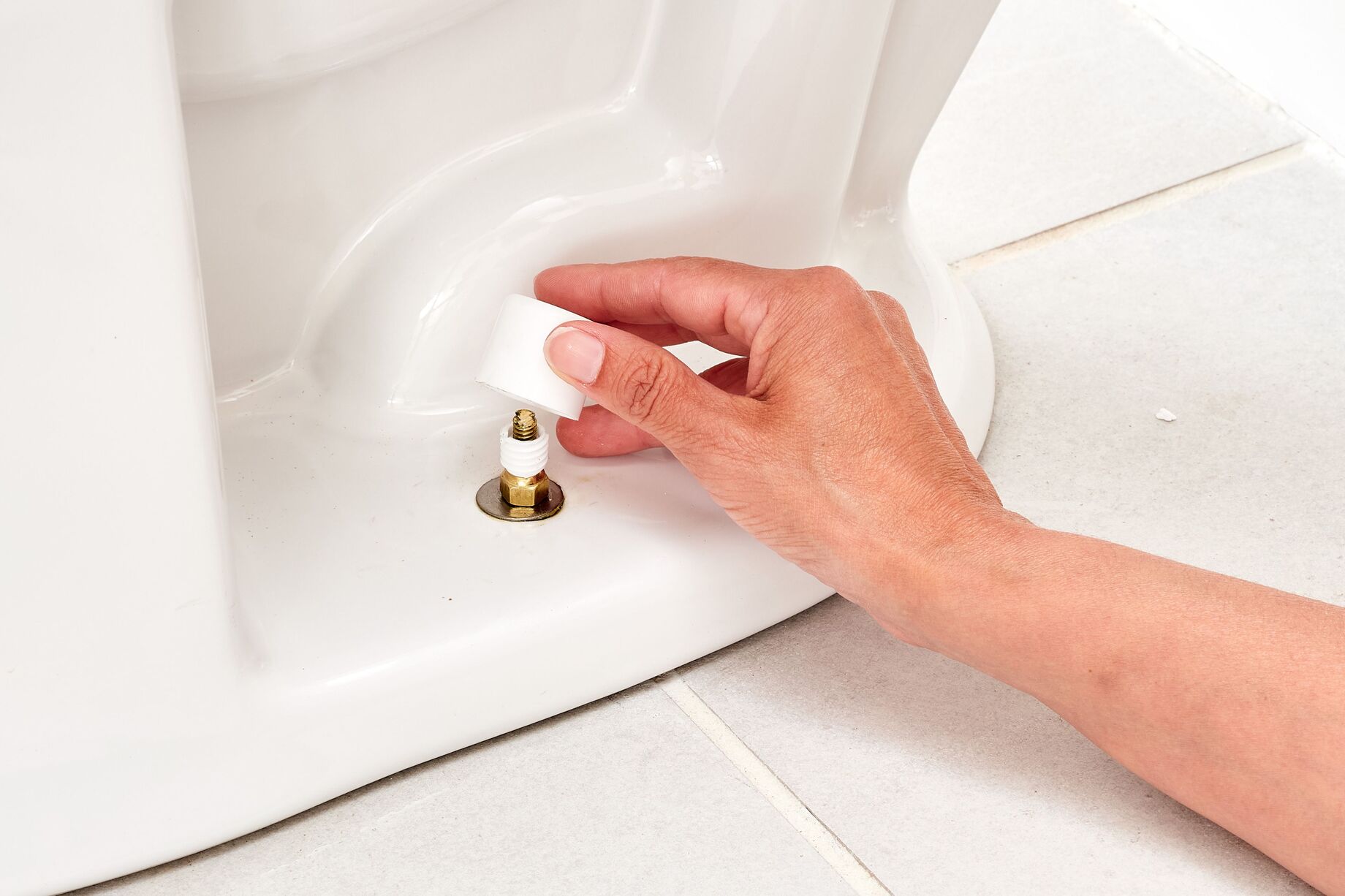
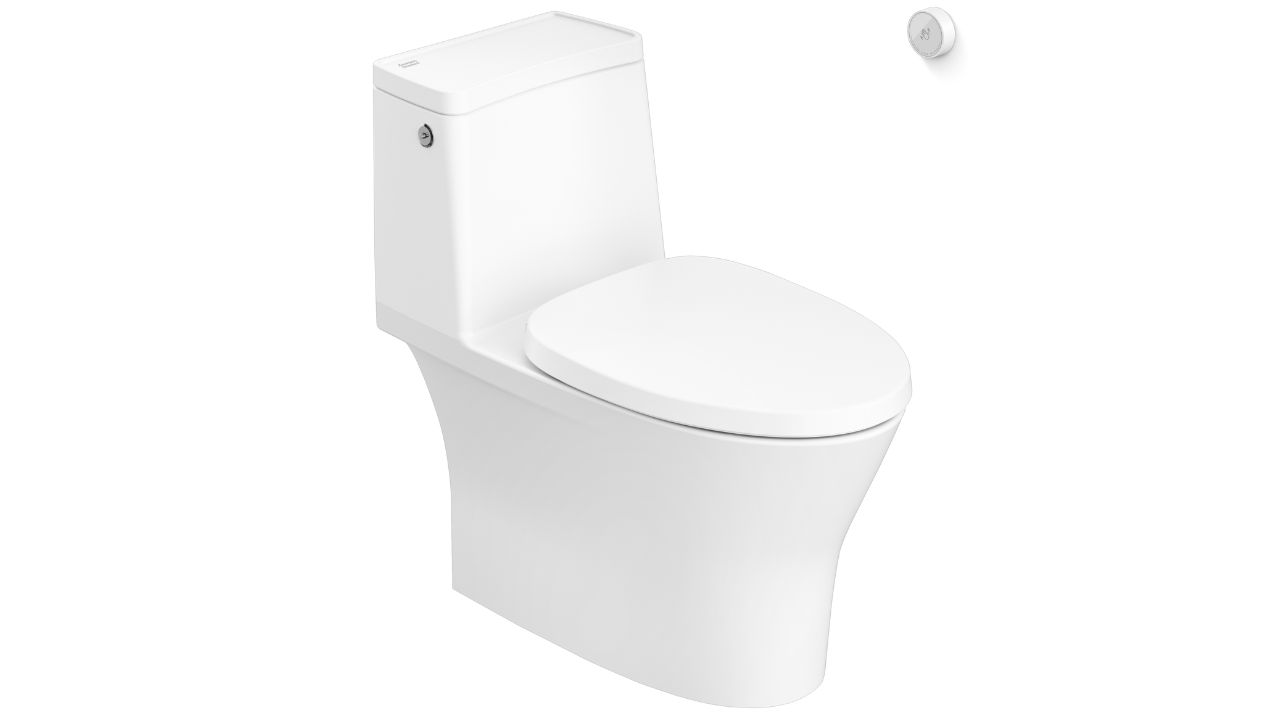
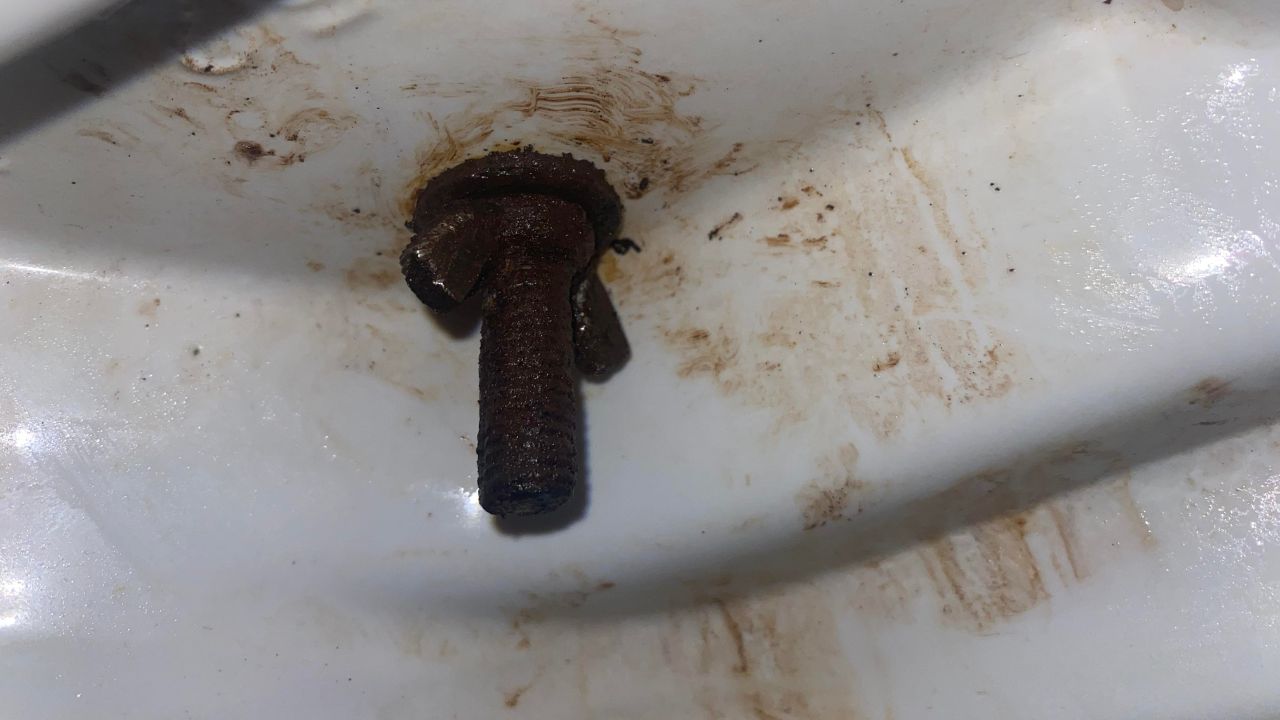

0 thoughts on “How To Remove Mold From Toilet Seat”